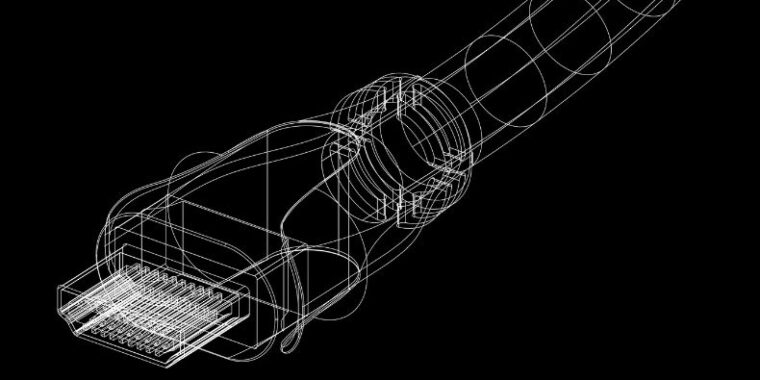
If you are here for a short answer: HDMI 2.0 can offer high resolutions of up to 4K, a refresh rate of 60Hz & bandwidth of up to 18 Gbps.
However, as you probably know, there are multiple versions of HDMI cables that vary in bandwidth capacity. Some support older standard HDMI cables; others support newer ones like 2.0 and even 2.1 with VR integration.
If you’re reading this, you’re probably curious about what that means for your setup. In this article, we’ll go over everything you need to know about HDMI 2.0 max refresh rate and resolution, so keep reading!
But before we dive in, let’s know a bit about HDMI technology and its revolution.
HDMI 2.0 Max Refresh Rate & Resolution
High-definition multimedia interface (HDMI) 2.0 is a hardware standard designed to meet the increased bandwidth demands of 4K Ultra HD displays. Because 4K displays seem to have a better resolution than prior technology, they necessitate transmitting more sound – visual data via the HDMI cable.
Basically, HDMI 2.0 significantly boosts bandwidth to 18 Gbps & supports 4K at 60 Hz. It also has additional features like improved audio functionalities & dual video streams for multiple users. Moreover, it is compatible with all older HDMI versions, & HDMI 2.0 cables use the same plugs as the previous cabling.
Now Let’s Have a Loot at the Main Specs of HDMI 2.0:
- With HDMI 2.0, you will get bandwidths of up to 18 Gbps.
- HDMI 2.0 supports 4K video transmission at 60 Hz using 4:4:4 chroma sub-sampling.
- It can now deliver four video streams at the same time, providing an immersive auditory experience.
- For an immersive and engaging audio experience, up to 32 audio channels are available.
- High-quality audio samples at 1536 kHz are supported.
- Multiple individuals on the same display can get dual video feeds at the same time.
- Multiple people can simultaneously receive multi-stream audio. Consumer electronics may be controlled by a single control point.
- It supports a wide-angle theatrical film aspect ratio of 21:9.
So these are all the technical information that you need to know about HDMI 2.0.
Now let’s here is a short overview of the other versions of HDMI cable and a comparison with HDMI 2.0:
The Different Versions of HDMI
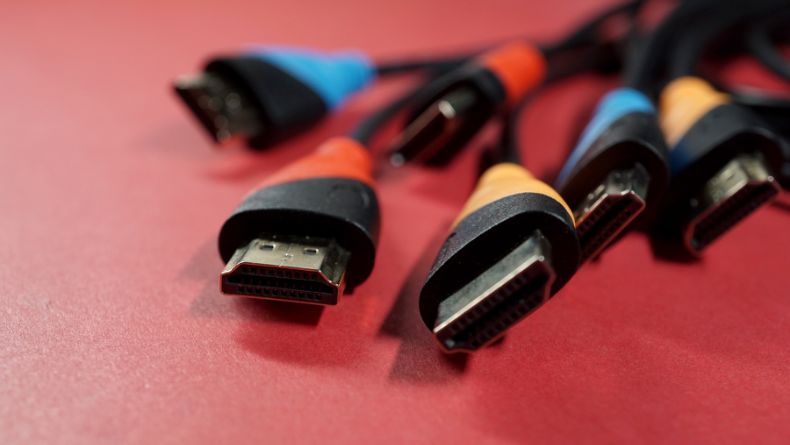
HDMI is more than simply a set of wires, ports, and connections. It is a collection of rules that governs interconnection between various customer audio/video electronics items, similar to the Bluetooth & Wi-Fi standards.
These standards are established by a group of brands and are required to be adopted by device makers in order to ensure uniform connection.
However, the HDMI system must be updated on a regular basis to keep up with current computers, video gaming consoles, TVs, monitors, & media playback devices, which tend to evolve quickly in response to technological breakthroughs & changes in user behavior. These updates are distributed as modifications to the HDMI standard, and they are identified by an alphanumeric pattern of changes.
Well, there are five different versions of HDMI port standards, starting with version 1.0 all the way up to 2.1, which is the latest version. They differ by how much quality and resolution the video streams offer.
The different HDMI versions:
- HDMI 1.0
- HDMI 1.1/1.2
- HDMI 1.3/1.4
- HDMI 2.0/HDMI 2.0a
- HDMI 2.1
Can HDMI Support 144 Hz?
Of course! A 144Hz HDMI cable can be connected to HDMI 1.3, 1.4, 2.0, or 2.1 HDMI ports and will provide the same quality and bandwidth.
Comparison between Different HDMI Versions and Their Refresh Rate
| HDMI Versions | Max Refresh Rate & Higher Resolution Support | Max Bandwidth | HDR Support | Audio Channels | Launch Year |
| HDMI 1.0 | 1080p@60Hz | 4.95 Gb/s | No | 8 channels | 2002 |
| HDMI 1.1/1.2 | 1440p@30Hz | 4.95 Gb/s | No | DSD/SACD, DVD-Audio | 2005 |
| HDMI 1.3/1.4 | 1920×1080@120Hz, 4K@30Hz | 10.2 Gb/s | No | DTS-HD, ARC, Dolby TrueHD | 2009 |
| HDMI 2.0 | 1920×1080@240Hz, 2560×1440@120Hz, 4K@60 Hz | 18 Gb/s | Yes | 32 Audio Channels, HE-AAC, DRA | 2013 |
| HDMI 2.1 | 8K@60 Hz, 4K@120 Hz, 2560×1440@240Hz, | 48 Gb/s | Yes, Dynamic HDR | eARC | 2017 |
Now, if we take a close look at the chart above, then we will see that HDMI 2.0 can offer high resolutions of up to 4K, a refresh rate of 60Hz & bandwidth of up to 18 Gbps.
If we see HDMI 1.4, then still it can support 1920×1080@120Hz, and 4K @ 30Hz, (bandwidth 10.2Gbps), but older HDMI versions are not compatible with modern devices anymore.
On the other hand, HDMI 2.1 allows for even greater resolutions, bandwidth (48 GB/s), and performance, such as it supports up to 10K resolution and can offer a 60 Hz rate for 8K resolution and 4K at 120 Hz.
So, we can say that HDMI 2.0 would be perfect and fairly standard for everyday tasks, and HDMI 2.1 would be ideal for more advanced use cases.
What Should You Know Before You Buy an HDMI 2.0 Cable?
When there are many fake and low-quality cables available, make sure you know the following things before you go to buy a new HDMI 2.0 cable:
Ensure the Premium Certification & Maximum Frame Rate
If you really want to get the best output, make very sure that the cable you are buying is always Premium Certified and can handle 4K/60 Hz or have an 18Gbps speed rating. It’s also it would be a plus if it comes with a good warranty, as many Amazon sellers provide.
Recheck the Cable Version
Yes, versions matter. Your provider might tell you that any version will work for you, but to watch HDR video, your TV & 4K Blu-ray player must both have HDMI 2.0. So, when you are purchasing an HDMI cable, don’t get influenced and buy only the version 2.0 you need.
Focus on Cable Length
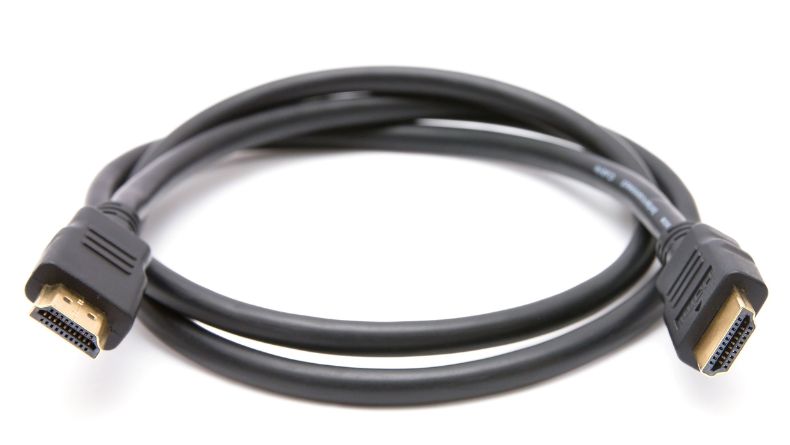
You should be fine as long as the pipe is “large” enough. Because if you get a short cable, you will not be able to establish the connection. Suppose your output device is 20 feet away from your primary device. In that case, you will have to buy a cable which’s length is 20 feet long.
Well, these are the things you must keep in your mind when you are buying a new HDMI 2.0 cable.
When do You Need to Use HDMI 2.1?
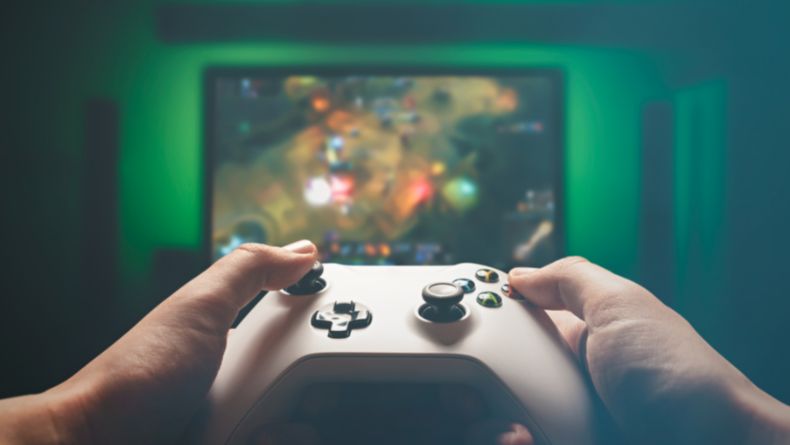
HDMI 2.1 is a high-speed HDMI, and you will only require the latest HDMI 2.1 when your device supports 8k or you wish to have HDMI with 4K at rates higher than 60Hz. This is true for consoles. However, on a PC, the average performance can be obtained using DisplayPort 1.4, or HDMI 2.0, which itself is widely accessible.
So, you should not get anxious about using HDMI 2.1 and spend money on it right now. The best practice would be to talk with your display manufacturer to know if your device supports HDMI 2.1 or not.
Some Questions You May Have
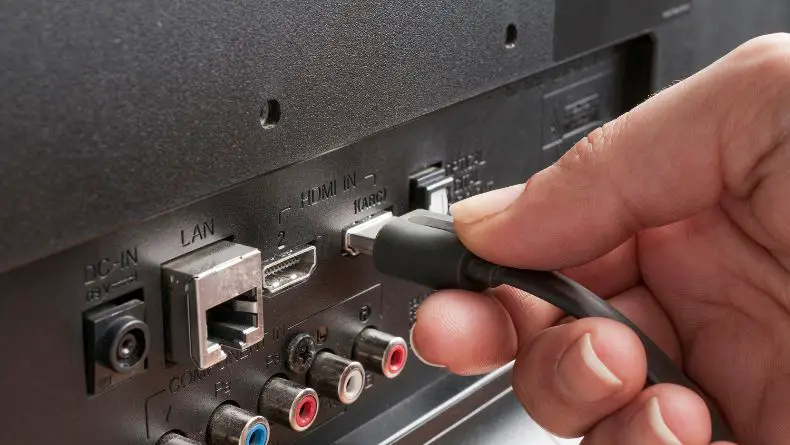
Yes, HDMI 2.0 can support up to 240 Hz in 1080p resolution. It also supports 144 Hz in 1440p resolution & 60 Hz in 4K resolution. But if you need a more refresh rate in 4K, you will have to use HDMI 2.1 cables that can support up to 120 Hz in 4K & 60 Hz when using 8K resolution.
Not really the same. HDMI 2.1 can offer uncompressed video resolutions of up to 10K or 8K, but HDMI 2.0 would only support up to 4K. When you utilize an HDMI 2.1 connection, you’ll be able to see even more detail, and images will be clearer, but only if your television, video, & media player and all are capable of higher resolutions.
Yes, HDMI 2.0 would be enough for PS5. Modern Full HD (1080p) TVs and monitors typically include an HDMI 2.0 connector, so you’ll have no trouble playing PS5 games in excellent quality and at 60 or 120 frames per second if your TV supports it. But if your Tv supports HDMI 2.1, then it would be ideal to buy an HDMI 2.1 connection to get a better audio-video output.
Final Thoughts
Nowadays, most monitors and TVs have an HDMI 2.0 port. So, yes, we can undoubtedly say that HDMI 2.0 comes with a more major update than its ancestors.
With HDMI 2.0, you can enjoy up to 4K resolution on your external monitors without any issues. Well, in terms of max refresh rate, HDMI 2.0 max refresh rate is 60HZ for 4K videos, which can provide you with a great media experience for everyday enjoyment.
But if you need to play 8K videos with a higher frame rate & color depth, then you can go with the high-speed HDMI 2.1 connection. However, make sure that your device supports the latest HDMI 2.1.